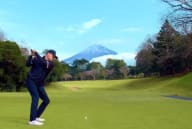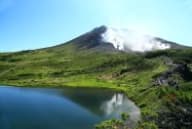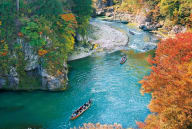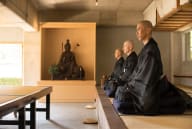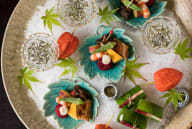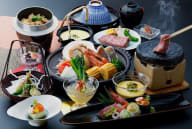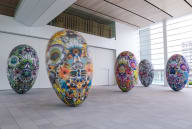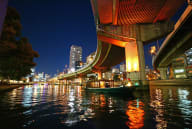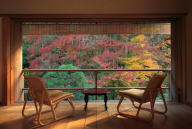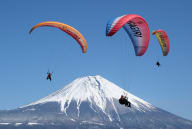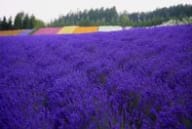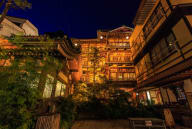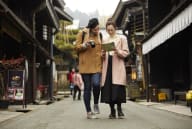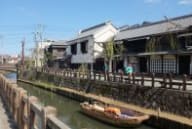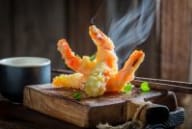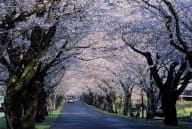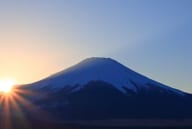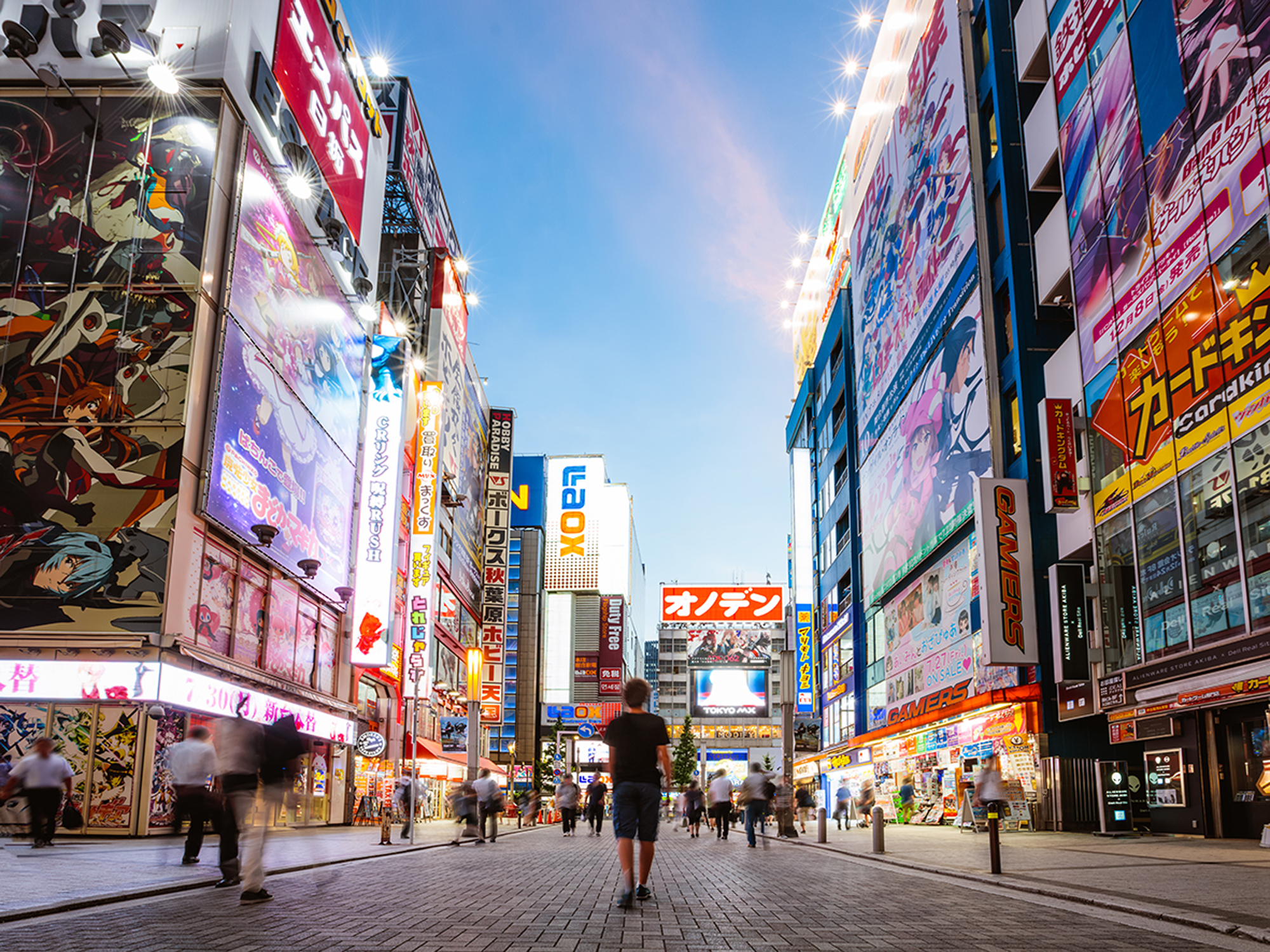
In Japan, sake isn’t just a beverage—it’s a way of life. Sake has been a staple beverage since ancient times, and in 2021, sake brewing was designated an Intangible Cultural Asset. Across the country, many breweries open their doors to enthusiasts who wish to explore the rich traditions of Japan’s sake industry and enjoy tasting sake.
Nurtured by Japan's Unique Climate: The Story of Koji Mold
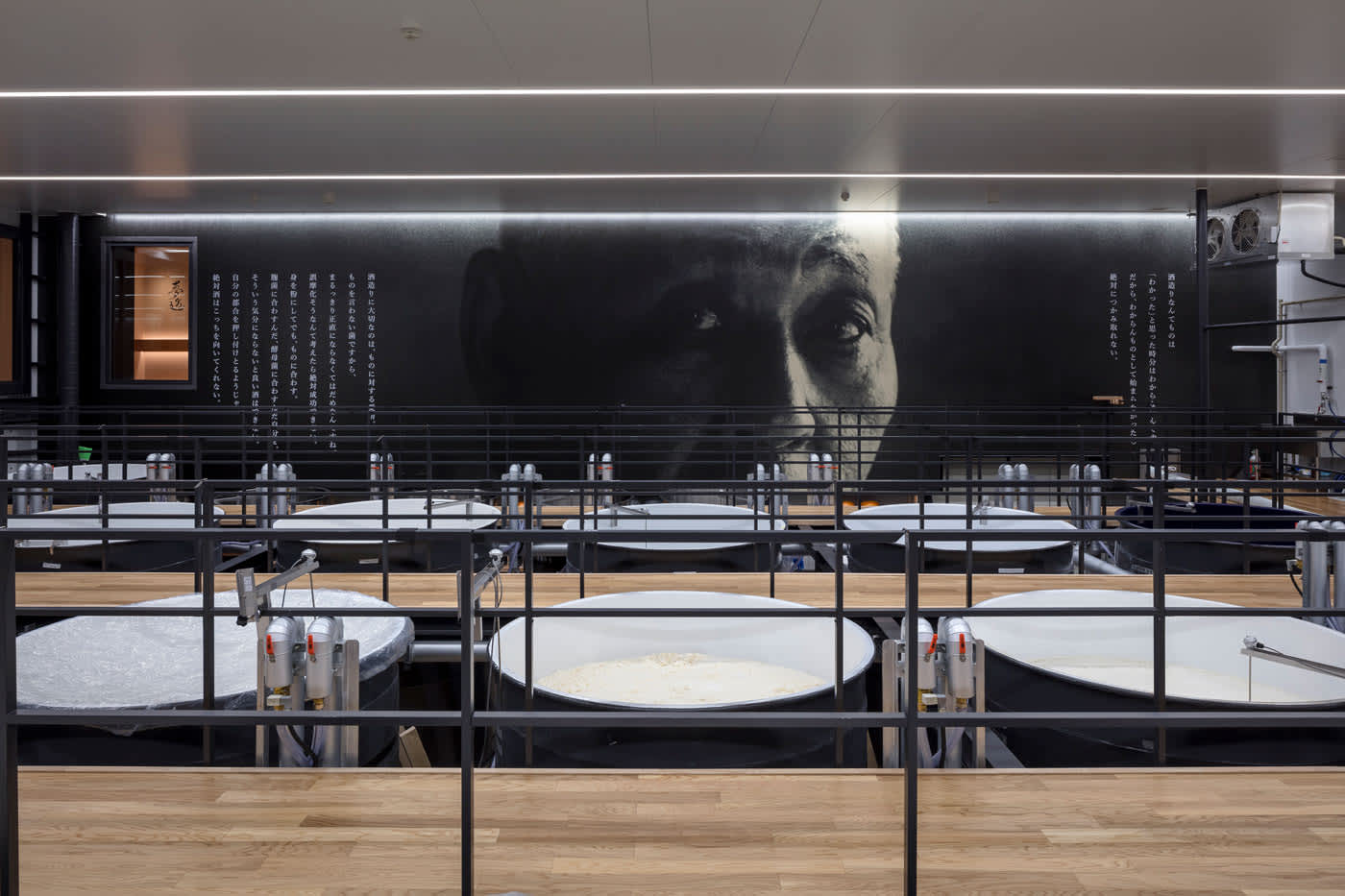
These tanks are where the magic happens as fermentation takes place.
Sake fermentation is unique compared to other alcohols. Sake is made from three main ingredients: rice, water, and koji. Koji is a form of mold that breaks down the starch in the rice, transforming it into sugar (saccharification) and allowing the rice to ferment. It is not only found in the production of sake but also in shochu and awamori, two other traditional Japanese liquors. These three beverages are like cousins to one another, connected through their use of koji mold and intrinsic to Japanese culture.
Sake is one of the only alcohols in the world in which saccharification and fermentation happen concurrently, also known as multiple parallel fermentation. The skill, technique, and knowledge to create great sake has been passed down through generations and is a revered cultural practice in Japan.

Making sake requires a deep understanding of the ingredients and environment.
Photo Credit: The National Research Institute of Brewing / NRIB
RIBOIS01, Photo by Dr. M. Kawauchi
Sake made through these traditional methods has been used in Japanese matsuri festivals and religious ceremonies and has played an essential role in Japanese culture for hundreds of years.
The world of Japanese alcoholic beverages
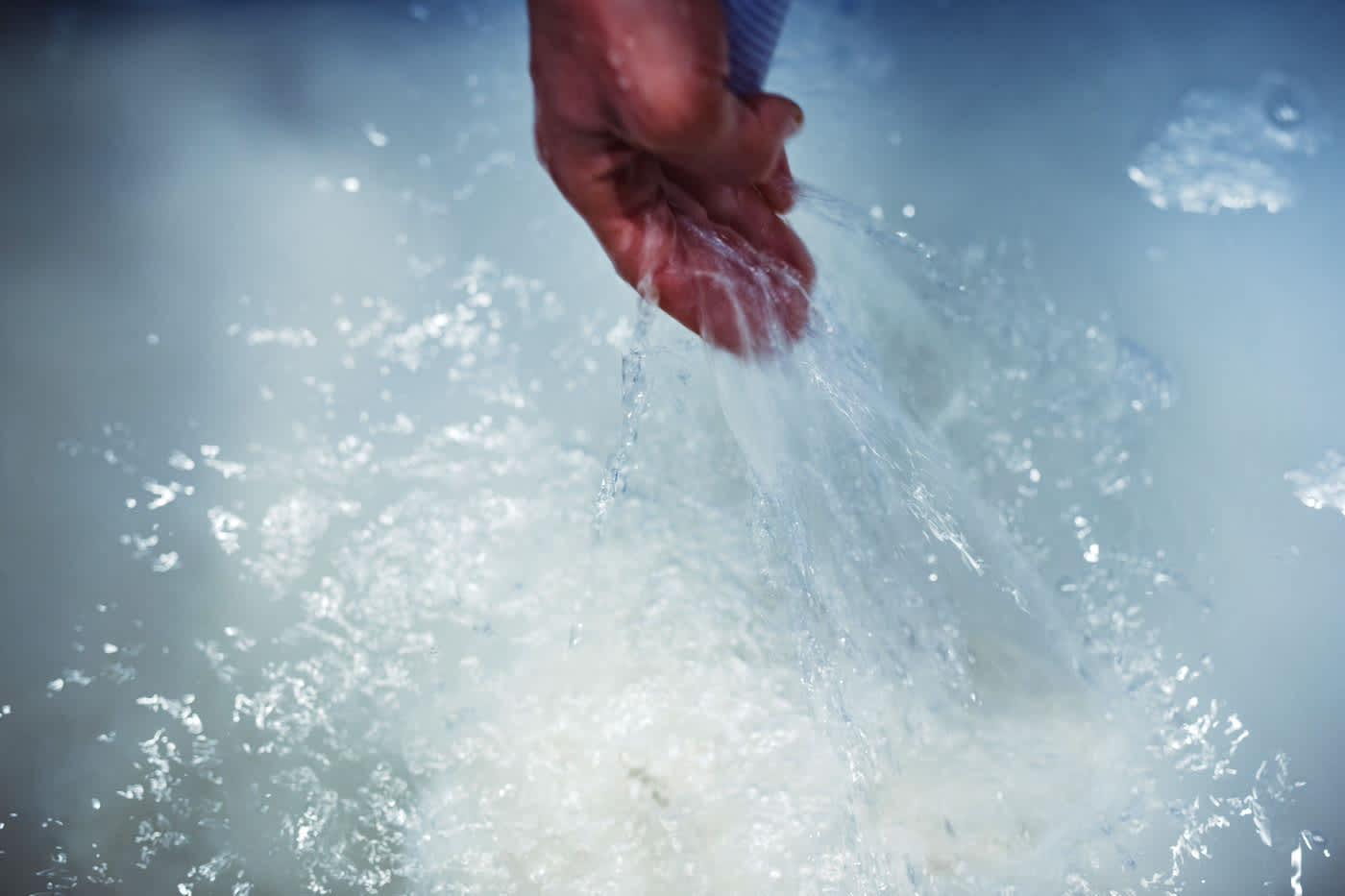
The rice, water, koji, and yeast are combined to create moromi, the base of sake.
Sake
There are many sakagura (sake breweries) across Japan that allow you to tour their facilities. One such brewery in Ishikawa Prefecture is home to the Noguchi Naohiko Sake Institute, where you can meet one of Japan’s oldest surviving Toji (master sake brewer), affectionately nicknamed “The Godfather of Sake Brewing”. Guests can also enjoy tasting sake in this modern brewery’s stunning tasting room overlooking the rice fields.

The master sake brewer checks the quality of his sake using his decades of experience.
On Sado Island, off the coast of Niigata Prefecture, one brewery, Obata Shuzo, decided to sustainably expand by turning a former elementary school into their second location. At the Gakkogura (School Sake Brewery), you can go beyond a simple tour and become a sake student through a week-long course. The brewery also boasts one of Japan’s best sunset views and is also close to the Iwakubi Shoryu Tanada rice terraces, a major producer of sake rice.
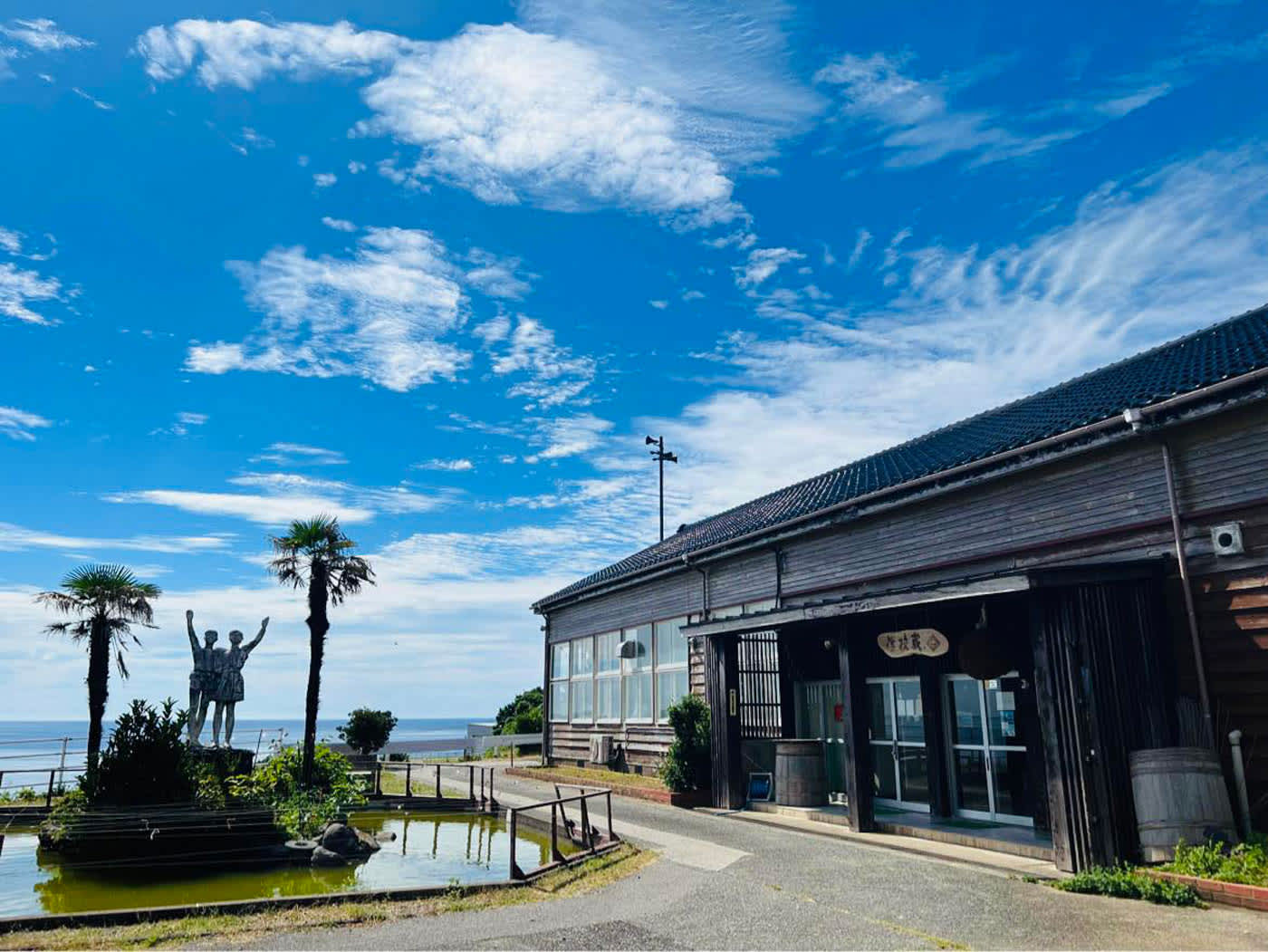
This elementary school on Sado Island got a new lease of life upon becoming a sake brewery.
Shochu

From traditional wooden barrels to modern machinery, learn about the production of shochu at Wakashio Distillery.
Unlike sake, shochu is made from a wider variety of ingredients, including malted rice, sweet potatoes, barley, buckwheat, and sugar cane. It also utilizes yellow, black, or white koji mold, which can alter the aroma and flavor of the final product. Kagoshima Prefecture is famous for its Imo (sweet potato) shochu, which pairs nicely with the region’s local delicacies, satsuma-age (a fried fish cake filled with various ingredients), and Kagoshima Black Cattle beef. You can take a tour through Wakashio Distillery in Shibushi City, Kagoshima Prefecture, where you can create your own one-of-a-kind shochu at their distillery shop.
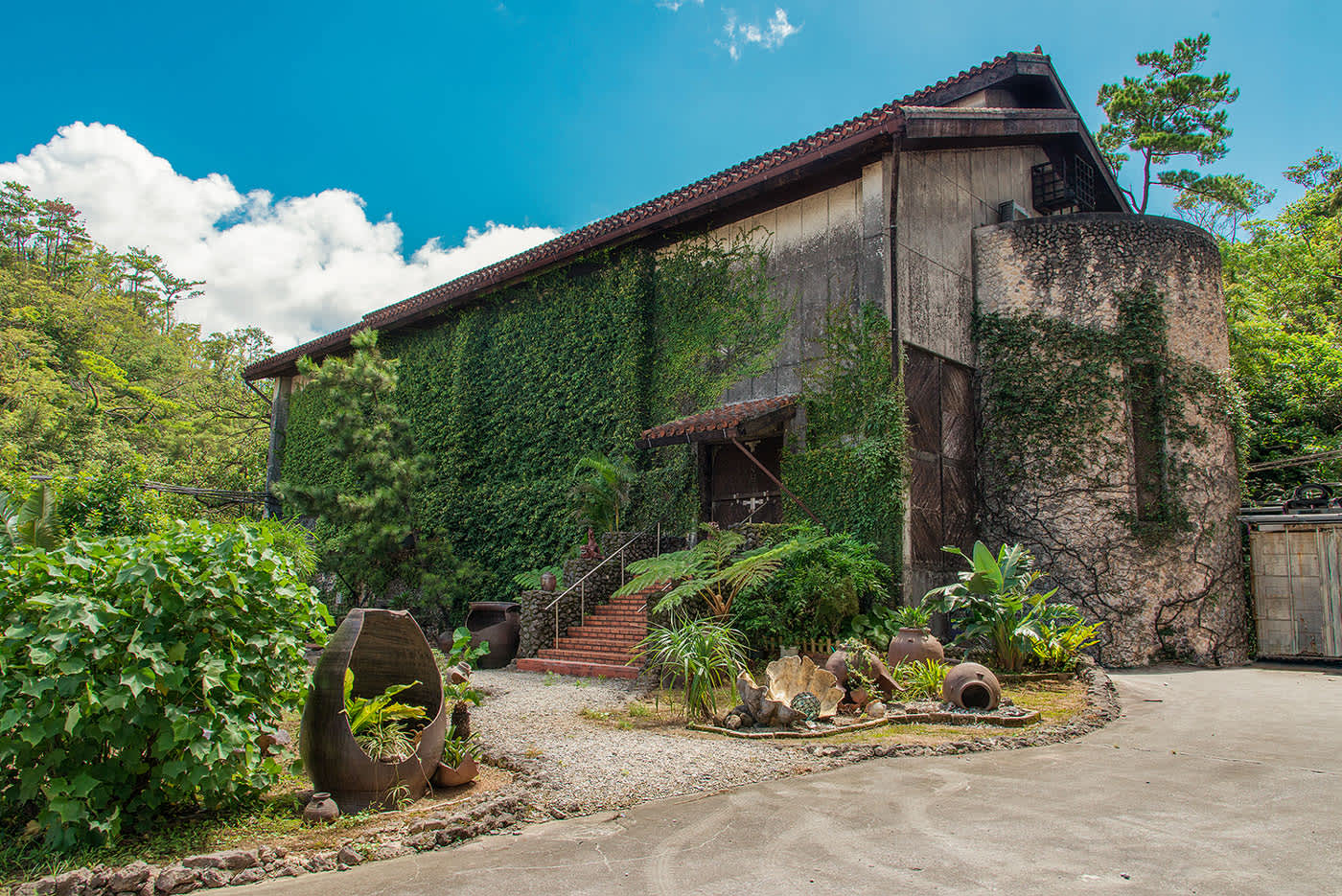
Discover the ancient history of Okinawa’s awamori alcohol at Helios Distillery.
Awamori
Indigenous to the islands of Okinawa Prefecture, awamori is considered one of Japan’s oldest distilled alcoholic beverages. It’s a distilled spirit made from black koji and, most commonly, Thai rice, and it pairs well with other Okinawan specialties such as goya champuru (stir-fried bitter gourd). In Nago City, along with enjoying the island's stunning tropical nature, you can also head to Helios Distillery and enjoy discovering the history of awamori through its factory tour.
Sake: A UNESCO Intangible Cultural Heritage
Sake is so deeply ingrained within Japanese culture that in December of 2024, “Traditional knowledge and skills of sake-making with koji mold in Japan” became Japan’s 23rd entry onto UNESCO’s list of essential elements of global culture. Beloved around the world, Japanese sake is of great importance to Japan and its people, so next time you visit, why not take a sake brewery tour?
-
About the author
Author: Laura Pollacco
Profile: Laura is a freelance writer and photographer living in Tokyo, Japan. Having lived in Japan for over four years, Laura has spent much of her time traveling the country, diving into any opportunity to experience unique Japanese culture. She has been published in several publications, writing on the themes of travel, culture, fashion, art, and food. Outside of journalism, she loves to be on Tokyo's many stages as a performer.















